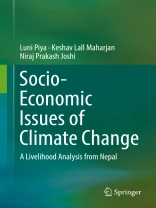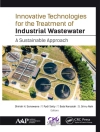This book conducts a holistic analysis of climate change perceptions, vulnerabilities, impacts, and adaptation, based on the primary household-data collected from the Chepang community residing in the rural Mid-Hills of Nepal. Socio-economic and demographic data from the household survey is integrated with meteorological and spatial data to conduct an integrated analysis. Quantitative analysis is also supplemented by qualitative information. Given the context of ongoing climate change, the livelihoods issues of a highly marginalized Chepang community form the center-point of analysis. The book demonstrates that balanced assets possession is a prerequisite to strengthen the adaptive capacity of the households. Furthermore, the ability of translating adaptive capacity into adaptation actions is determined by the households’ ability to correctly perceive the changes and their access to various assets. The book recommends to ensure the availability of non-farm livelihood opportunities along with access to formal/vocational education and skill development training as these are the key factors contributing to reduce the vulnerability. The book concludes that mainstreaming of climate change into development efforts is a must for sustainable development.
Table of Content
Chapter 1. Introduction.- Chapter 2. Climate change and rural livelihoods in developing countries.- Chapter 3. Climate change in Nepal: Policy and programs.- Chapter 4. Conceptual and analytical framework.- Chapter 5. Chepangs: The community in focus.- Chapter 6. The Study Settings.- Chapter 7. Annual subsistence cycle: Integration of farming and gathering.- Chapter 8. Sources of livelihoods: A portfolio.- Chapter 9. Climate change: Perceptions and the determinants.- Chapter 10. Community vulnerability to climate change.- Chapter 11. Livelihood impacts of climate change and extreme events.- Chapter 12. Adaptation strategies and factors influencing the adaptation choices.- Chapter 13. Conclusion.
About the author
Luni Piya, Ph D, Hiroshima University
Keshav Lall Maharjan, Ph D, Professor, Hiroshima University Niraj Prakash Joshi, Ph D, Hiroshima University












